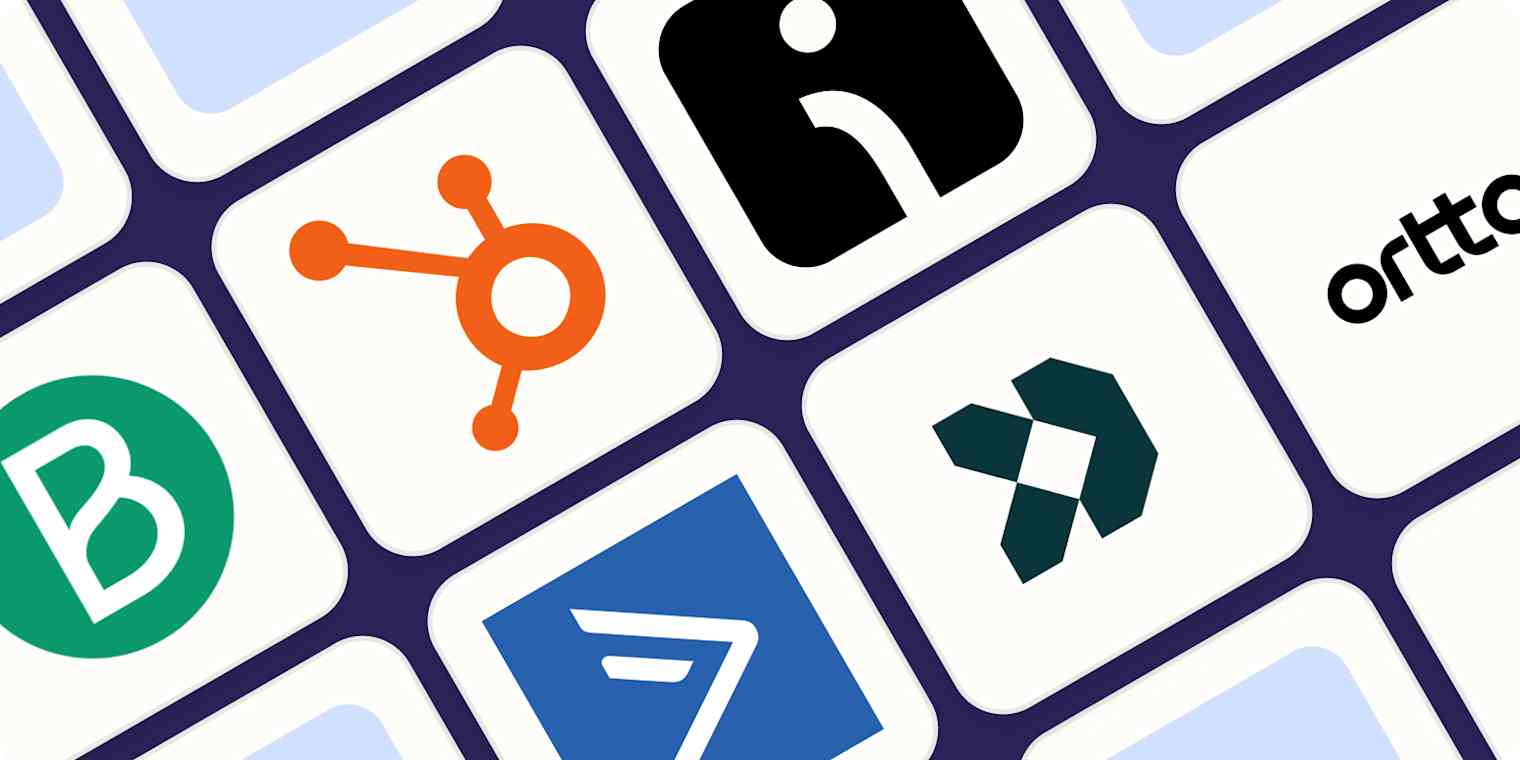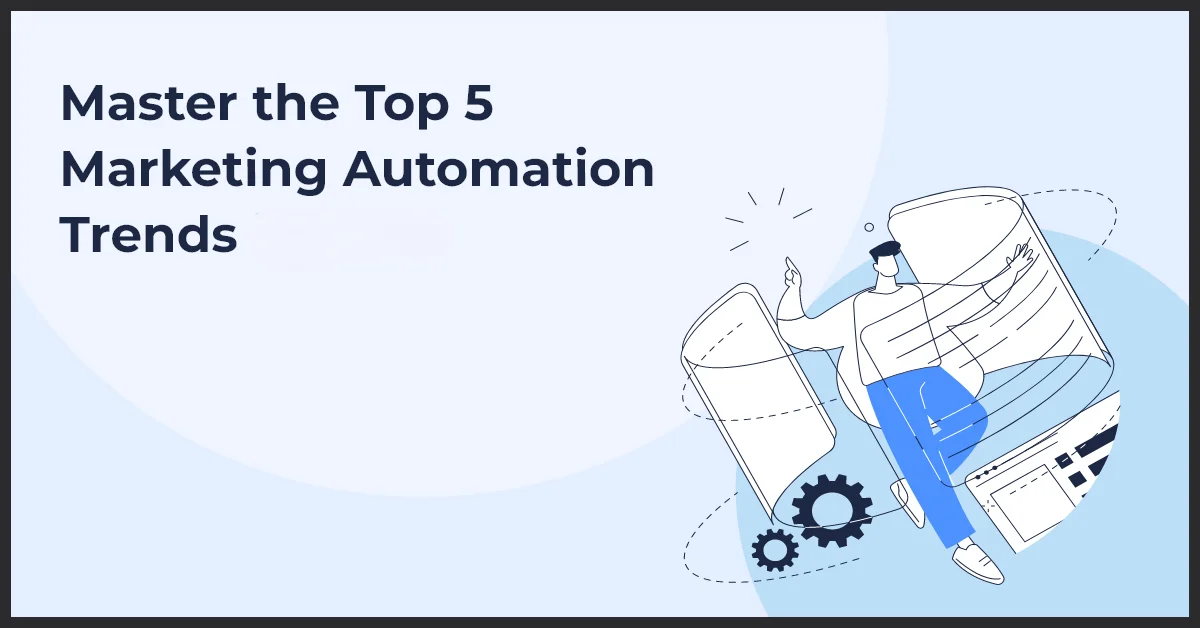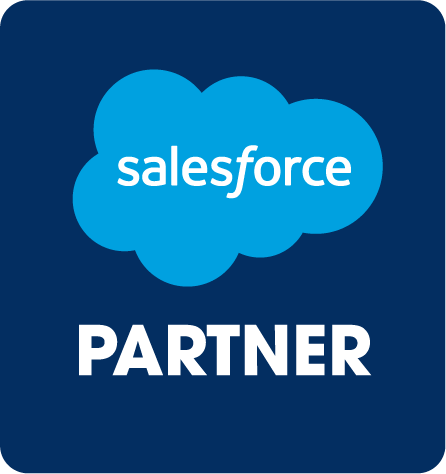What is Marketing Automation?
Marketing automation refers to using technology and software to automate repetitive marketing tasks and workflows. It’s a game-changer for businesses of all sizes, enabling them to streamline processes, nurture leads, and drive conversions more efficiently.
Imagine having a tool that works tirelessly in the background, like a personal assistant for your marketing team, handling the nitty-gritty details while you focus on strategy and growth. With marketing automation, you can automate tasks like email campaigns, social media scheduling, lead segmentation, and customer journey mapping—all while providing a personalized experience for your audience.
Recommended reading: what is a marketing cloud
Types of Marketing Automation
Marketing automation comes in various forms, tailored to fit different business needs. Here are some common types:
Email Automation: Automates sending targeted, personalized emails based on user behavior, preferences, or lifecycle stage. Think about this: a potential customer signs up for your newsletter and receives a warm, engaging welcome email—not because you manually sent it, but because your automation tool did the work for you.
Social Media Automation: Schedules posts, manages interactions, and analyzes engagement across multiple social media platforms. Imagine waking up to find your content has been shared and interacted with while you were sleeping, thanks to well-timed, automated posts.
Customer Relationship Management (CRM) Automation: Integrates sales and marketing efforts by automating lead tracking, scoring, and nurturing. It’s like having a digital Rolodex that not only keeps track of contacts but also reminds you when and how to follow up.
Lead Management Automation: Helps in capturing, qualifying, and distributing leads to the sales team. Picture this: leads are pouring in from your website, and instead of scrambling to organize them, your automation system sorts and scores them, sending the hottest leads straight to your sales reps.
Analytics and Reporting Automation: Generates detailed reports on campaign performance, ROI, and customer insights. Instead of sifting through data manually, your automation tools provide actionable insights at your fingertips.
E-commerce Automation: Automates abandoned cart emails, personalized product recommendations, and post-purchase follow-ups. Picture a customer leaving items in their cart—your automation tool swoops in with a friendly nudge to complete the purchase.
Marketing Automation Strategies
To get the most out of marketing automation, you need well-thought-out strategies. Here are some tried-and-true approaches, with a touch of real-world storytelling:
Segmentation and Personalization: Segment your audience based on demographics, behavior, or purchase history, and tailor your messaging accordingly. Picture this: you’re an online retailer.
Instead of blasting a one-size-fits-all email about a new sale, you send personalized emails highlighting items each customer has previously shown interest in. Suddenly, your open rates and conversions skyrocket because your audience feels understood.
Drip Campaigns: Set up automated email sequences to guide prospects through the sales funnel over time. Imagine a prospect signing up for a free trial of your software. Over the next two weeks, they receive helpful emails—a welcome note, tips to get started, success stories, and finally, a limited-time discount to convert to a paid plan. You’re nurturing trust and building a relationship without lifting a finger.
Behavioral Triggers: Use actions like website visits, email clicks, or cart abandonment to trigger specific follow-up communications. Think about a potential customer browsing your website and lingering on a product page. The next day, they receive an email with a special offer on that exact product. That’s automation working its magic to close the deal.
Lead Scoring: Assign scores to leads based on their interactions with your brand to prioritize high-quality prospects. Imagine your sales team only getting alerts for the hottest leads—those who have opened your emails, clicked on links, and visited your pricing page. It’s like having a crystal ball that shows where to focus your energy for the best results.
Cross-Channel Automation: Create a cohesive experience across email, social media, and website interactions. Imagine a customer seeing your ad on Instagram, receiving a follow-up email about the same offer, and finally visiting your website where the experience matches seamlessly. That level of consistency builds trust and recognition.
A/B Testing: Test different versions of your campaigns to optimize for better performance. Picture yourself as a detective, trying to solve the mystery of what resonates most with your audience. By testing subject lines or call-to-action buttons, you’re gathering clues and perfecting your approach.
Lifecycle Marketing: Design marketing campaigns tailored to each stage of the customer journey, from awareness to retention.
For example, during the awareness stage, you share educational content to build trust. At the decision stage, you highlight testimonials and case studies. Post-purchase, you send loyalty rewards and referral incentives. It’s like guiding someone through a well-planned journey that keeps them coming back.
Customer Feedback Loops: Automate feedback requests after specific customer interactions, such as a purchase or support ticket resolution. Imagine a customer receiving a friendly email asking for feedback after buying a product. Not only do you gain valuable insights, but the customer feels valued and heard.
Examples of Marketing Automation
Welcome Email Series: Automatically send a series of emails to new subscribers, introducing your brand and offerings.
Abandoned Cart Recovery: Remind customers about the items they left in their cart and encourage them to complete their purchase.
Event Reminders: Send automated reminders leading up to a webinar, workshop, or live event.
Post-Purchase Follow-Ups: Automate thank-you emails, product usage tips, or requests for reviews after a sale.
Re-engagement Campaigns: Win back inactive subscribers with special offers or fresh content.
Marketing Automation Integration
For marketing automation to be effective, it must seamlessly integrate with your existing tools and platforms. Here are some integration tips:
CRM Integration: Sync your marketing automation platform with your CRM for better lead management and sales alignment.
E-commerce Platforms: Link your automation tool with Shopify, WooCommerce, or other e-commerce platforms to track customer purchases and automate upsell opportunities.
Analytics Tools: Integrate with Google Analytics or other reporting tools to track and measure campaign performance.
Social Media Management: Combine automation with social media tools like Hootsuite or Buffer to streamline your social campaigns.
Third-Party Apps: Use tools like Zapier to connect your marketing automation platform with other business apps.
Marketing Automation for Startups
Startups, with their limited resources, stand to benefit immensely from marketing automation. Here’s why:
Scalability: Automation allows startups to handle growing customer bases without scaling up their teams immediately.
Cost-Efficiency: Automating tasks saves both time and money, which are crucial for startups.
Enhanced Personalization: Even with a small team, startups can deliver personalized experiences at scale.
Data-Driven Decisions: Automation tools provide valuable insights that help startups fine-tune their strategies.
Let MarkerCatch Help You Succeed
Marketing automation isn’t just a buzzword—it’s a must-have for businesses aiming to stay competitive in today’s digital landscape. Whether you’re a startup looking to scale or an established company seeking efficiency, marketing automation can transform how you engage with your audience.
At MarkerCatch, we specialize in helping businesses harness the power of marketing automation. From strategy development to tool integration and campaign execution, we’ve got you covered. Contact us today and take the first step toward smarter, more effective marketing.




